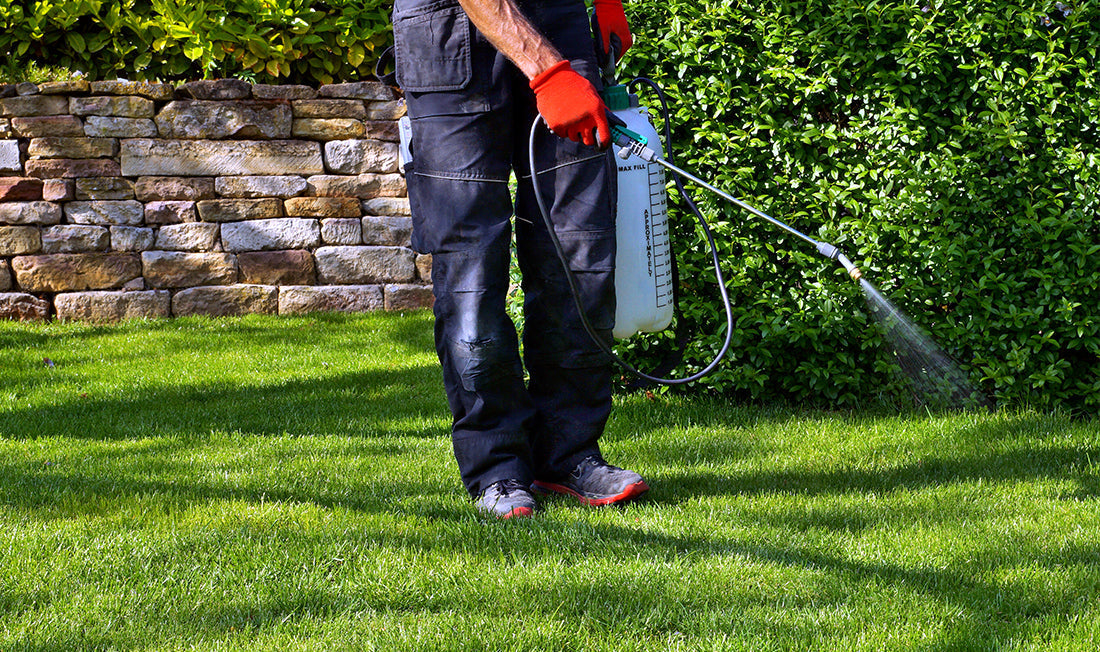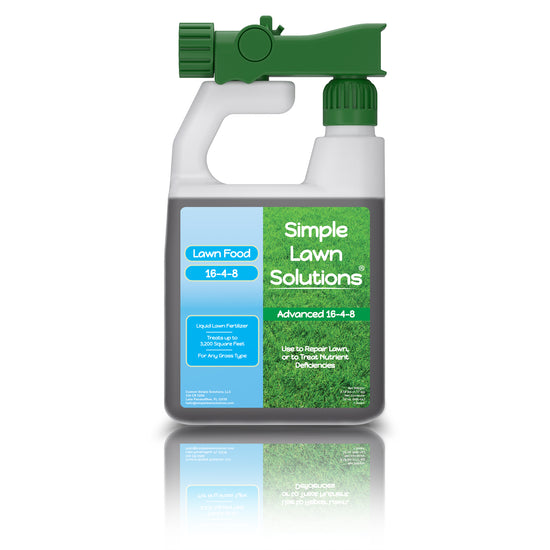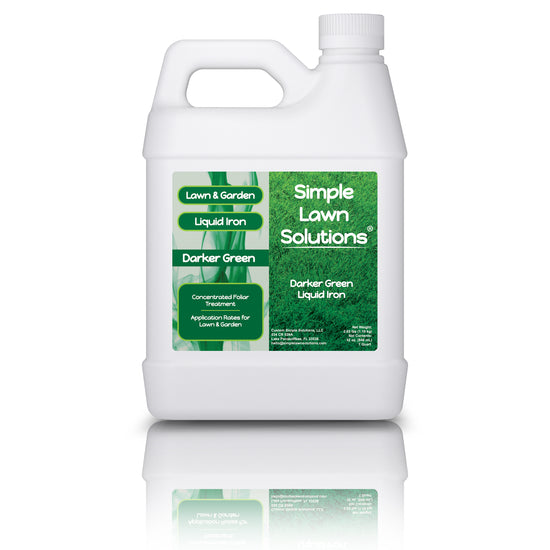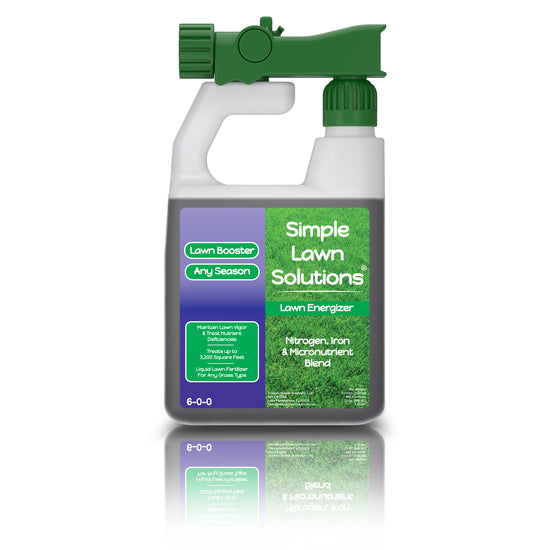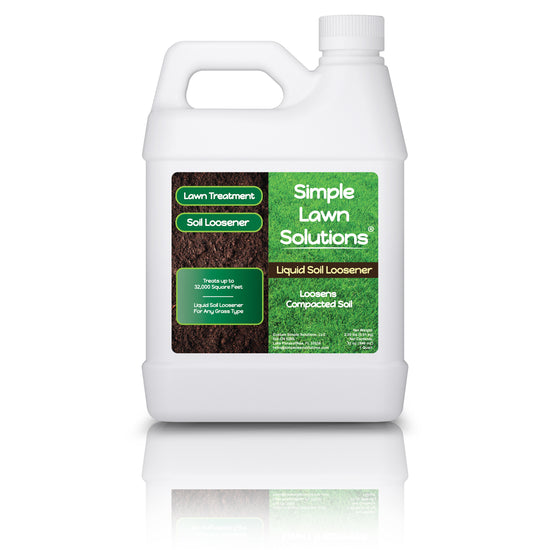You’ve fertilized your lawn, followed the instructions, and waited patiently—but nothing seems to have changed. It’s frustrating, but don’t worry! If your lawn isn’t responding to fertilizer, there’s likely an underlying reason. Several factors can affect how fertilizer works, from soil health to timing and weather. Let’s explore the most common reasons why your lawn isn’t thriving and how to fix them.
1. Timing Is Everything
Importance of Fertilization Timing and Application:
Proper fertilization application and timing is of the utmost importance, as turfgrasses require fertilization when they are actively growing. Therefore, warm season grasses like St. Augustine, bermuda, paspalum require fertilization in the spring and summer months. In contrast, Kentucky bluegrass and fescues are most actively growing in the spring and fall of the year and would require the majority of the applied nutrients during these seasons.
Solution
Understand your grass type and fertilize it during its peak growing season. Use a soil thermometer to ensure warm-season grasses are fertilized when soil temperatures reach 65°F.

2. Did You Choose the Right Fertilizer?
Why It Matters:
Soil testing should be conducted before starting a fertilization program, as fertilizer can vary in their NPK analysis. The proper fertilizer to apply is based on what the soil requires to produce a good, dense lawn grass. This is why testing the contents of your soil will give you the information required to make the decision on what fertilizer to apply.
-
Nitrogen (N): Promotes green, leafy growth.
-
Phosphorus (P): Supports root development.
-
Potassium (K): Encourages overall plant vigor, supporting major essential functions.
Solution
Perform a soil test to determine deficiencies in the root zone and select a fertilizer that matches the lawn’s needs.

3. Soil Health Issues
Why It Matters
The soil is the most important part in fertilization as it holds the nutrients for the lawn grass to feed. Compacted soil, poor pH balance, or low organic matter can prevent your lawn from benefiting from fertilizer. Certain factors like compacted soil, improper pH balance, and absence of organic matter can also cause the lawn to respond very little or at all.
Solution
-
Aerate: Break up compacted soil to improve nutrient penetration.
-
Test Soil pH: Grass thrives in a pH range of 6.0–7.0. Use lime to raise pH or sulfur to lower it.
-
Include an organic matter application after aeration to support microbial activity.

4. Are You Watering Enough?
Why It Matters
Fertilizer needs water to dissolve and reach the grassroots. Without proper irrigation programming and watering, the nutrients won’t be absorbed effectively.
Solution
Water your lawn thoroughly after fertilizing, unless you use a weed-and-feed product. Programming your irrigation system to apply 1-1.5 inches of water per week is the industry standard. Remember to calculate the amount of rainfall that has occurred weekly so irrigation programing can be altered to stay within the 1”-1.5” range.

5. Weather Conditions May Be to Blame
Why It Matters
Extreme weather can sabotage fertilizer effectiveness, so fertilization should not be applied when turfgrass is in stress situations like drought. Always check the weather prior to application in the event that heavy rains are forecasted. Fertilizers can be washed off the leaf tissue and soil with surface runoff. Avoid fertilizing in cold temperatures as the roots are mostly inactive and will not absorb the nutrients.
Solution
Confirm that weather conditions are favorable for fertilization and do not apply fertilizers during drought conditions. Furthermore, make sure the lawn grass is out of dormancy before applying fertilizers.
6. Weeds and Pests Could Be the Problem
Why It Matters
Weeds or pests can outcompete your grass for nutrients. Even with fertilization, your lawn may struggle if invasive weeds or damaging pests are present. Weeds can be the biggest competitor to lawn grass. Pest activity and damage can affect the nutrients absorption by the root system and delay fertilization response.
Solution
Follow a pre-emergent and post emergent weed control program starting in spring to control summer weeds. Apply post emergent when weeds are young to gain better control and reduce the possibility of weed infestation. Regularly inspect the lawn for insect activity throughout the growing season and treat immediately if required.
7. Was Fertilizer Applied Correctly?
Why It Matters
Uneven fertilizer application can lead to patchy results, while applying too little fertilizer may not provide enough nutrients for visible improvement.
Solution
Measure the coverage of the broadcast spreader after the first pass and maintain the same distance with each additional pass. When applying liquid fertilizers, maintain a pattern of 6 feet in width with each pass. Be sure to apply the proper rate in accordance with the manufacturer's recommendation on the product label to avoid over or under fertilizing.
8. Managing Expectations
Why It Matters
Each grass type has unique growth habits, and results take time. Some grasses respond quickly to fertilizer, while others require patience.
Solution
Know your grass type and its growth patterns. For example:
-
Warm-season grasses grow quickly and green up during summer.
-
Cool-season grasses thrive in spring and fall.
9. Fertilizer Quality Matters
Why It Matters
Expired or low-quality fertilizer may lack the nutrients your lawn needs or release them inconsistently.
Solution
Choose a high-quality fertilizer for consistent nutrient delivery, preferably a slow-release formula.
10. Be Patient
Why It Matters
Fertilizers take time to enter the soil and be absorbed by the plant roots, which could take 7 - 21 days to see a difference in color and growth.
Solution
Monitor your lawn at different times during the day to see if the grass is responding to the applied nutrients. If no changes in color or growth occur, review the process and perform a soil test.

Final Thoughts
It takes time for a fertilization program to work if applying the nutrients that the soil needs for grass to grow. The success of a fertilization program depends on soil, timing, and weather conditions. Be patient and continue to follow the soil test recommendations. With a little effort and the right approach, you’ll go to the lush, green lawn you’ve always wanted.
Need Help?
Still unsure why your lawn isn’t responding? Contact us at Simple Lawn Solutions for expert advice and products designed to give your lawn the nutrients it needs to grow healthy and strong!


